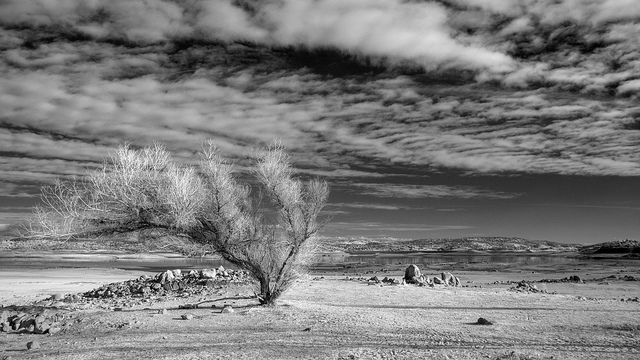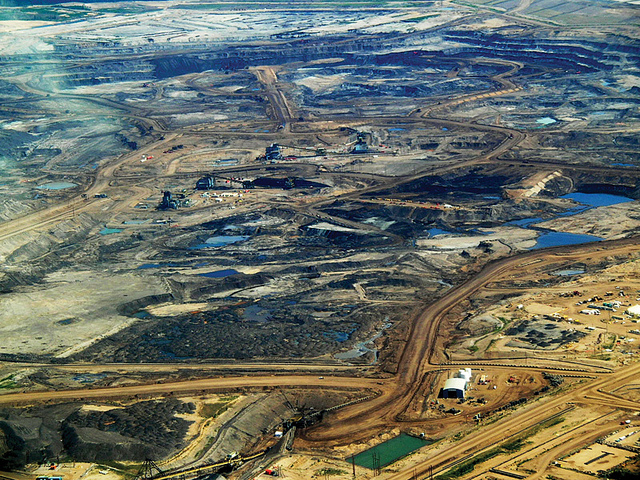
This is the first myEARTH360 report for The Green Divas!
and here’s the first Green Divas myEARTH360 report podcast! Listen to the highlights, then keep reading for all the details below . . .
These stories were generated from a complex algorithm factoring human and environmental impact, Google indexing and level of controversy.
In reality, these are recent articles culled from my own reading. I’ve made an effort to spread the love across a variety of sources.
Note: I am not a scientist. I’m just a concerned citizen and mom hoping to raise awareness about these issues in hopes of inspiring action. Secretly, I’d love to save the world.
Leading Scientists Explain How Climate Change Is Worsening California’s Epic Drought
Scientists have long predicted that climate change would bring on ever-worsening droughts, especially in semi-arid regions like the U.S. Southwest. As climatologist James Hansen, who co-authored one of the earliest studies on this subject back in 1990, told me this week, “Increasingly intense droughts in California, all of the Southwest, and even into the Midwest have everything to do with human-made climate change.”
Why does it matter if climate change is playing a role in the Western drought? As one top researcher on the climate-drought link reconfirmed with me this week, “The U.S. may never again return to the relatively wet conditions experienced from 1977 to 1999.” If his and other projections are correct, then there may be no greater tasks facing humanity than 1) working to slash carbon pollution and avoid the worst climate impact scenarios and 2) figuring out how to feed nine billion people by mid-century in a Dust-Bowl-ifying world.
Last year, I contacted Sloan to ask her if she thought there was a connection between the staggering loss of Arctic sea ice and the brutal drought gripping the West, as her research predicted. She wrote, “Yes, sadly, I think we were correct in our findings, and it will only be worse with Arctic sea ice diminishing quickly.” Read the full story at ThinkProgress.org…
Human cause of global warming is near certainty, UN reports.
Global warming is unequivocal, human influence has been the dominant cause since the mid-20th century, and atmospheric concentrations of greenhouse gases, already at levels not seen in at least 800,000 years, will persist for many centuries, the final version of the latest United Nations report on climate change warned today.
Continued emissions of greenhouse gases will cause further warming and changes in all components of the climate system,” according to the report, which finalizes a summary of findings by the UN-backed Intergovernmental Panel on Climate Change (IPCC) issued in September, outlining a litany of threats from the melting of the Greenland and Antarctic ice sheets to rising oceans to extreme weather events such as cyclones and heat waves. Read the full phys.org story…

Ten key numbers in the Keystone XL pipeline report
On Friday, the State Department released it final environmental impact statement on the proposed Keystone XL pipeline, which would transport heavy crude oil extracted from bitumen deposits in Canada to the United States. Here are 10 key numbers from the analysis you need to know:
1. 1,950. That’s how many construction workers would be employed for two years in Kansas, Montana, Nebraska and South Dakota to build the Keystone pipeline’s northern leg, according to the analysis. Several unions are lobbying for the project because it would create well-paying jobs. It would support 50 annual jobs once in operation, the report says.
2. Anywhere from 270,833 to 5,708,833. That’s how many cars would have to drive on U.S. roads to release the equivalent amount of carbon dioxide that would enter the atmosphere from 830,000 barrels of oil moving through the pipeline each day. Put another way, that’s enough energy to power 64,935 to 1,368,631 homes. One of the reasons so many environmentalists oppose TransCanada’s proposal is because it would increase global carbon emissions. Read the full Washington Post article…. and a related article “The Keystone XL Pipeline and its politics, explained.”
Bonus video from MSNBC on Keystone XL:
Yet another bonus video:
350.org & Indigenous Groups Hold Vigils to Block Keystone XL Tar Sands Oil Pipeline
Side note: Your Voice Counts!
Take action against the Keystone XL Pipeline by leaving a comment at regulations.gov. There’s a 30 day public comment period that ends March 7, 2014, at 11:59 p.m. (EST).For reference, click here for the Executive Summary of the report.
Fracking is depleting water supplies in America’s driest areas, report shows
America’s oil and gas rush is depleting water supplies in the driest and most drought-prone areas of the country, from Texas to California, new research has found.
Of the nearly 40,000 oil and gas wells drilled since 2011, three-quarters were located in areas where water is scarce, and 55% were in areas experiencing drought, the report by the Ceres investor network found.
Fracking those wells used 97bn gallons of water, raising new concerns about unforeseen costs of America’s energy rush.
“Hydraulic fracturing is increasing competitive pressures for water in some of the country’s most water-stressed and drought-ridden regions,” said Mindy Lubber, president of the Ceres green investors’ network.
Without new tougher regulations on water use, she warned industry could be on a “collision course” with other water users.
“It’s a wake-up call,” said Prof James Famiglietti, a hydrologist at the University of California, Irvine. “We understand as a country that we need more energy but it is time to have a conversation about what impacts there are, and do our best to try to minimise any damage.” Read the full story at theguardian.com…
Greens Still See Red on Nuclear Power. Major environmental groups are ignoring pleas from climate scientists to embrace reactors.
A lot of people following the ongoing fight over the Keystone XL pipeline have heard the words of retired NASA climate scientist James Hansen. It was Hansen who said fully exploiting Canada’s oil sands would be “game over for the climate,” a phrase that became a battle cry in the movement against the pipeline. But while Hansen is a hero to many within the green movement, environmental groups are nonetheless hostile to another Hansen view: that nuclear power is essential to attacking climate change as global energy demand rises.
Along with three other prominent climate scientists, Hansen penned an open letter to environmental groups in November about nuclear power, warning that “continued opposition … threatens humanity’s ability to avoid dangerous climate change” and urging them to push for “development and deployment of safer nuclear energy systems.”
Is “PeeCycling” the Next Wave in Sustainable Living?
Human waste can be converted into valuable fertilizer, if people can get past the “ick” factor. The Rich Earth Institute in Brattleboro, Vermont, aims to shift how we think about our own waste. They want to “close the nutrient cycle” by using our pee to grow what we next consume. Read the full National Geographic Story…
Study proves organic farming boosts biodiversity
There’s been lots of investigation of how different agricultural methods affect the diversity of life present on farms, but the results vary between studies and from place to place.
So a group of scientists analysed 94 earlier studies, concluding that organic farming methods increased the number of species on average by 34 per cent – an effect that’s been stable over three decades and shows no sign of diminishing. Read the full Planet Earth Online article…
Green Diva Meg
February 5, 2014 at 3:05 pm
so much great information in here. thanks GD Lynn! welcome aboard!
Green Diva Lynn
February 6, 2014 at 4:55 pm
Thanks, Meg! Thrilled to be part of the Green Diva action!!
karen
February 7, 2014 at 1:16 pm
Is Lynn an official GD now? Congrats!
I need a whole weekend to read this post! Great info! Thanks GD Lynn!
Green Diva Lynn
February 7, 2014 at 6:07 pm
Thanks, Karen!! Enjoy your weekend reading.